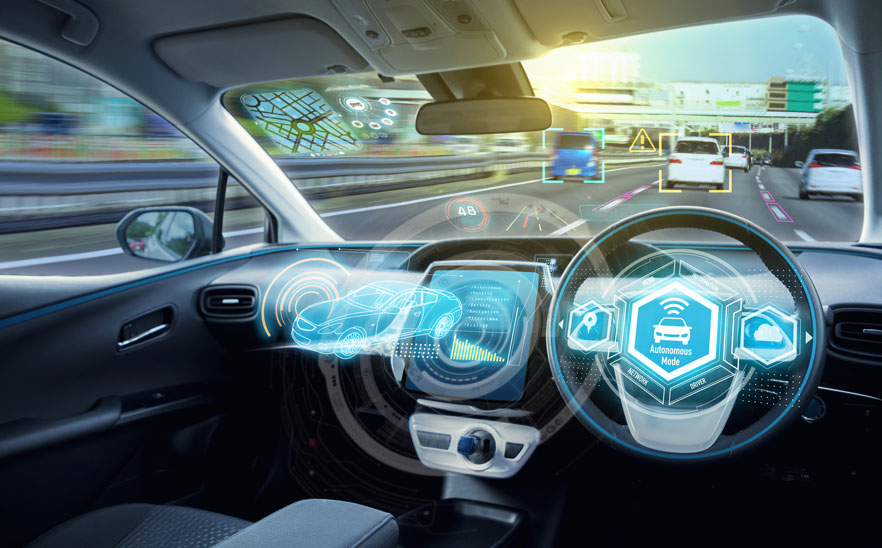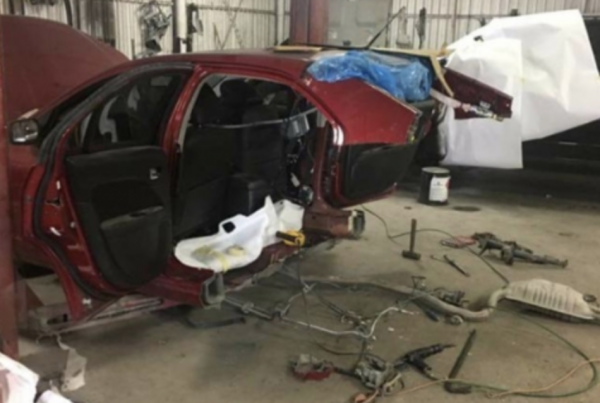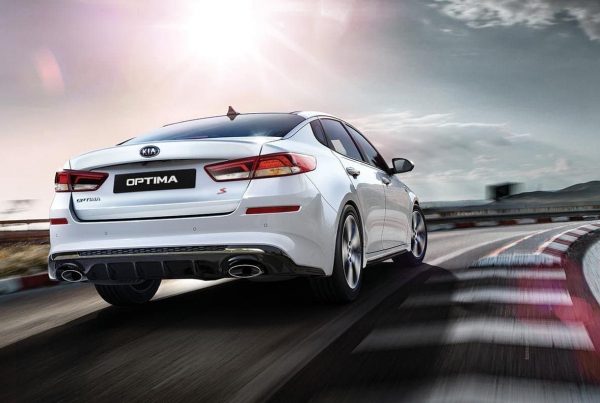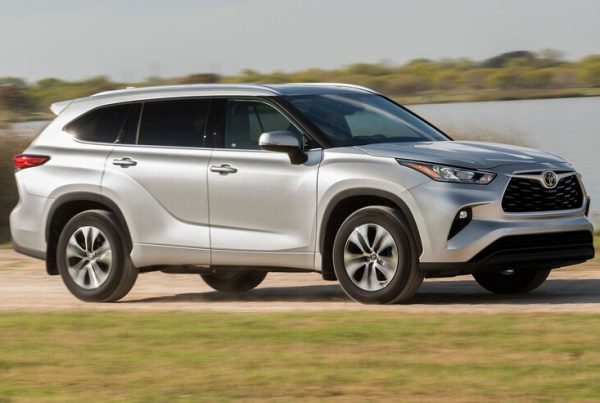When you see “ADAS Calibration” on your estimate from a Blackwood, New Jersey auto body shop, what does it mean? Why do you need it? At Roccos Collision we value your safety and we want you to know what specific repair procedures mean. We do this so you have a better understanding of how important it is to ask your shop the right questions about your estimate and ensure you receive the safest and most correct repair.
What Is ADAS stand for?
You would be hard pressed to find a newer vehicle today that doesn’t come equipped with various safety features in the form of ADAS. ADAS is an acronym for Advanced Driver Assistance Systems and they are designed for enhanced driver safety when it comes to driving your car. Most of the ADAS systems are designed to correct driver error through a complex system of cameras, radar, sensors and onboard computers. They are meant to improve your ability to drive error-free or to alert you in the event of driver inattention to prevent a collision. Some of the most common ADAS systems are the following:
- Blindspot detection
- Forward collision warning
- Lane departure warning
- Adaptive cruise control
- Emergency braking
In order for the ADAS technology to work, it requires sensors placed strategically around your car to detect when to alert the driver. The most common of these sensors are ultrasonic, camera, and radar. These sensors are the eyes and ears to what is happening surrounding your car and provide you with the assistance of computers to correct improper driving behaviors and physical human limitations.
In fact, more ADAS systems are not only becoming standard bu a requirement in modern vehicles. In 2018, the NHTSA made rearview cameras a requirement for all new vehicles. Over 200 people are killed annually from backover accidents with an additional 14,000 injuries contributed to rear related accidents.
What Is ADAS Calibration?
According to AAA, “an ADAS calibration is a process carried out to correctly align the cameras and sensors of a car so that its ADAS system can work as intended.” Calibrating these sensors requires specialized equipment and tools with highly trained technicians capable of adjusting or resetting these systems. Each one of these sensors is precisely positioned on your car so they can perform their designated safety features. Only the best auto body shops have highly trained technicians capable of accurately performing an ADAS calibration with the specialized tools and equipment.
Any minor fender bender can alter the position of these sensors which will require calibration the ensure proper positioning. In fact, “…a sensor on the car that is out of alignment by a fraction of an inch or even one degree will be aimed at an area significantly off-axis 50 or more feet down the road.” (AAA) If one of these sensors is a mere fraction of an inch out of alignment, it will focus on an area at least 50 feet away and won’t be able to protect you with its designed advanced safety features. Even a simple fender bender can put you at serious risk for being in another accident.
Failure to properly calibrate a sensor can also cause the following:
- Increased steering effort
- Steering wheel vibration
- Vehicle steering pull
- Diagnostic trouble codes, commonly known as “DTC,” stored in the vehicle’s computer system.
ADAS calibration is necessary whenever a sensor or its mounting bracket is repaired in any way or when the front airbag deploys, deflecting off the front windshield. Even the smallest collision or fender bender can alter these sensors. Calibration will also be needed “when there is a related DTC in the car’s computer memory” or following any technical repair procedures laid out by a manufacturer. A DTC stands for Diagnostic Trouble Code and those are stored in the vehicle’s computer memory every time there is an issue with any of the ADAS systems.
What does ADAS Recalibration Involve?
Recalibrating an ADAS system most often requires that we (or the collision center) bring your vehicle to the dealer to perform the re-calibration. Each manufacturer has their unique methods, equipment and process to properly perform this task. Some require things like the vehicle should have a full tank of gas or be placed on a perfectly level ground. Most importantly, the sensors need to be aimed at recalibration targets while the system is being updated through a scanning device hooked to your vehicle’s OBD port and monitored by a certified technician. These technicians are sometimes remotely monitoring the scans and computer data. It is a very precise and lengthy process that has to be performed or the vehicle will not only be unsafe but might even function improperly. Because the manufacturer stipulations vary from year, make and model, its best to let the dealer who specializes in just that one brand to recalibrate the vehicle for this procedure.
Who in New Jersey Knows How To Perform An ADAS Calibration?
Here at Roccos Collision, we know the importance of ADAS calibration and ensuring your safety sensors are working properly to continue protecting you and your passengers. It takes skill, the right equipment, and specialized knowledge to perform an ADAS calibration.
Our team of highly-trained technicians knows the importance of these advanced repairs, which is why we never cut corners in the repair process. When ADAS recalibrations can be done in-house, we use the latest tools and equipment specified by the manufacturer to ensure everything is properly calibrated before returning it to you. We’re telling you this information because we care about your safety and want you to get the best care out there for your car.
We have several different locations across Philadelphia and Southern New Jersey. We invite you to see for yourself why Rocco’s is the best out there! Feel free to give us a call at anytime at (888)-9-ROCCOS. Or to schedule an appointment or to call any of our locations directly, click here.
We look forward to hearing from you!




